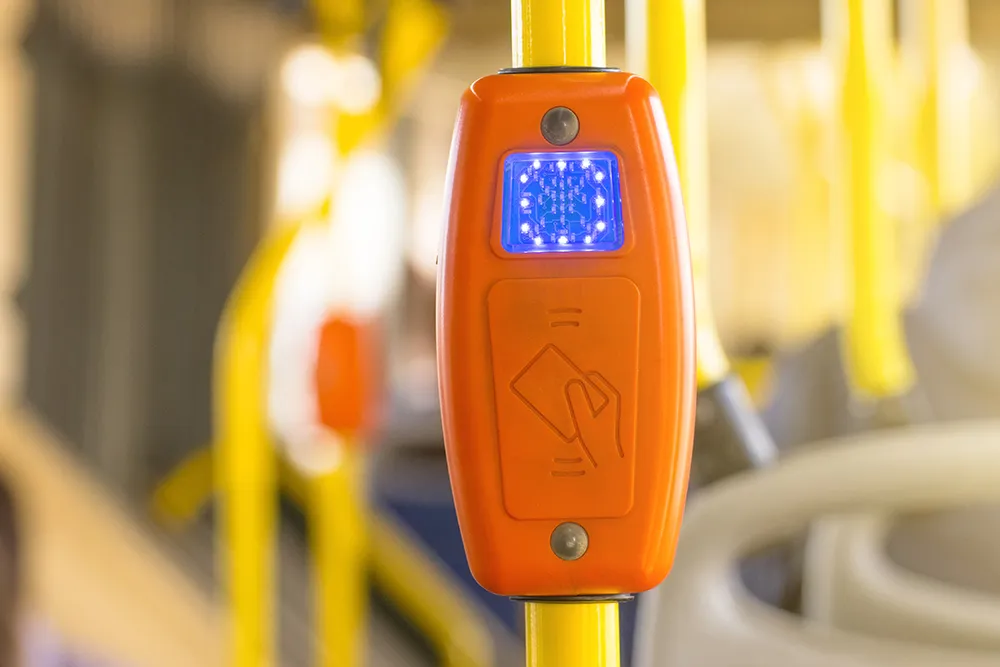The
The construction of the 15km long tramline is divided into two sections. Section 1 covers the construction of the route, linking the city centre, from Pyynikintori, with two branches: one serving Hervanta and Tampere University of Technology; and the second serving the eastbound suburb of Tampere University Hospital, which also includes the construction of a depot in Hervanta. Section 2 covers the line westbound from Pyynikintori to Lentävänniemi via Lielahti.
EIB Vice-President Alexander Stubb said: “The first tramway line will make everyday life and transportation easier in Tampere. It also will make the city greener and transform it into a more attractive and accessible place to live and work, making the whole region more competitive. This underpins the values the EIB stands for.”
European Investment bank funds first Tampere Tramline
The European Investment bank has provided a EUR 150m loan to the City of Tampere, Finland for the construction the first section of its tramline, connecting the city centre and eastbound suburbs, scheduled to open in 2021. The construction of the 15km long tramline is divided into two sections. Section 1 covers the construction of the route, linking the city centre, from Pyynikintori, with two branches:
October 2, 2017
Read time: 1 min









